While the Lenovo Legion Go showed a lot of promise for handheld gaming, it’s also designed to stand out from the rest of the market. So we knocked on Lenovo’s doors to ask a few questions regarding the design choices of the Lenovo Legion Go and how Lenovo foresees the market in and outside of India.
Stuff Meets Clifford Chong, Gaming Category Manager (Asia Pacific) at Lenovo
On building the Lenovo Legion Go
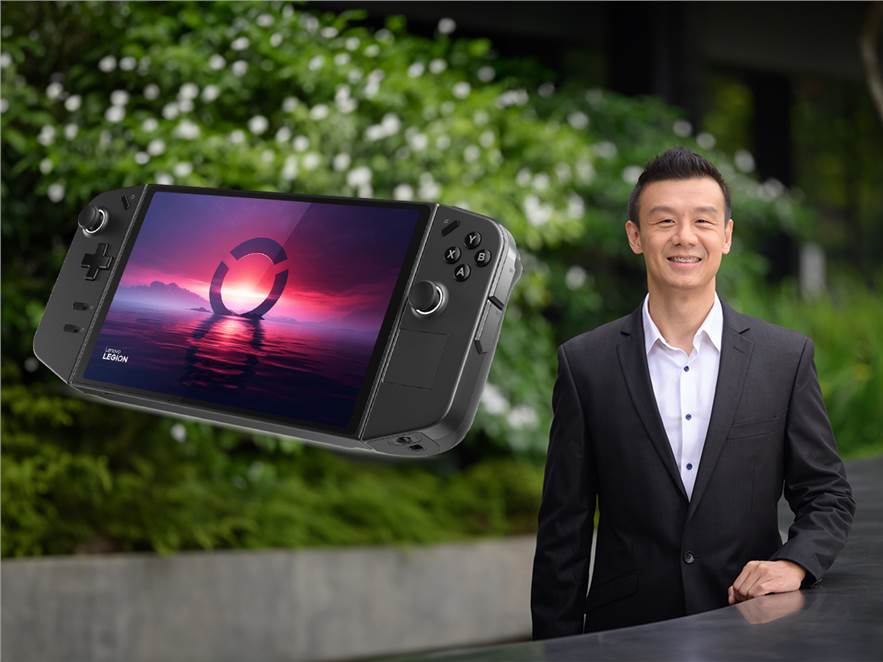
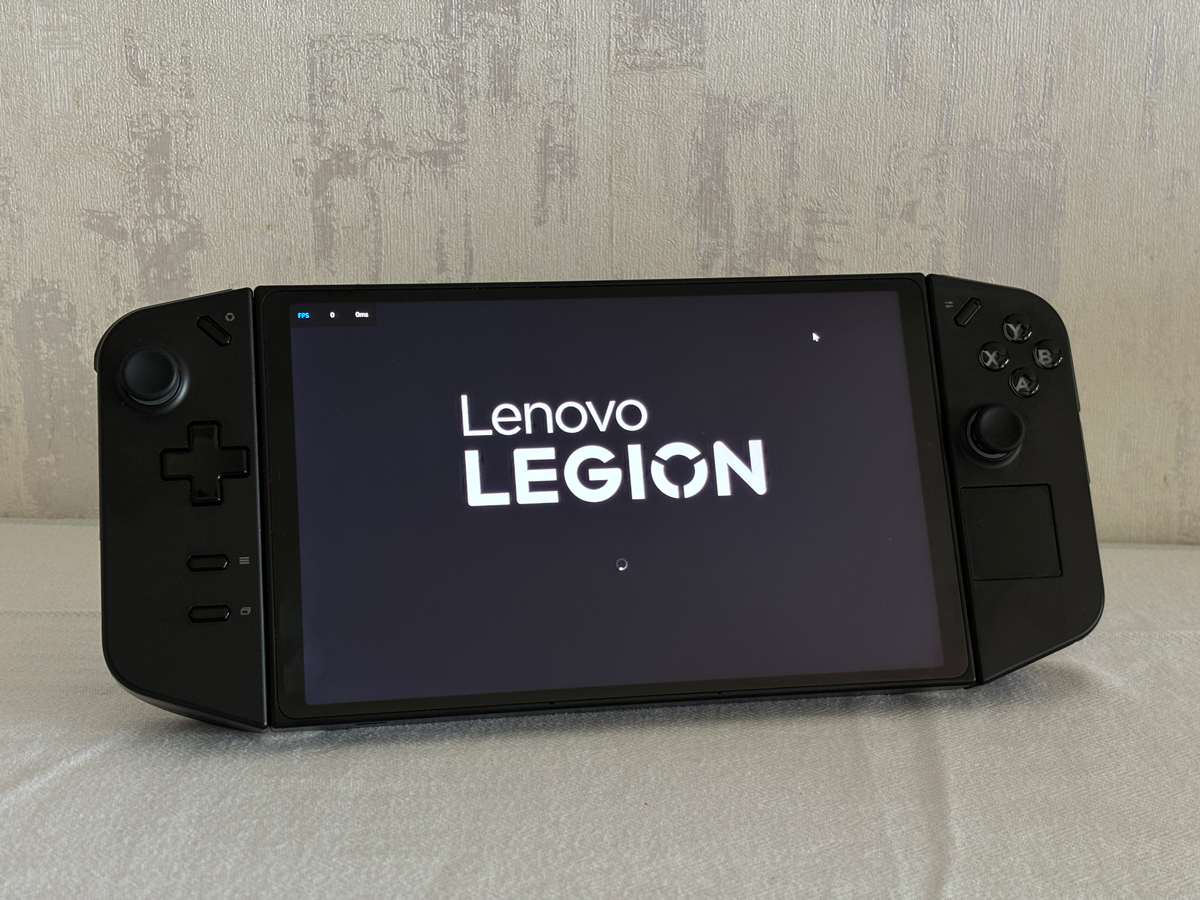
We started looking at this market for some time. Gaming can help the market and I think the technology has come to a point where it has improved tremendously that we can look into getting that kind of performance that a gamer would want but in a more portable form factor. I think there are a lot of traditional form factors out there but the idea of the development team and the product team is that we do not want to be just another competitor out there. I mean, if it's gonna be the sea of sameness, then there's very little differentiation. So from that perspective. We looked into the trends.
One of the trends that was actually quite interesting, which led to this thinking, was a lot of mobile gamers. Either they play on a mobile phone, especially like PUBG MOBILE and then they upgrade to a tablet because then you have an advantage. You get a bigger screen. And we realized that a lot of fans inside the Legion community started playing on their tablet but connected with a keyboard and mouse. So it's a tablet but with a dock and a keyboard and mouse when they're on their travels. So I think this, opened up an interesting data point for us. I think that there is a good amount of customer base out there that are still very familiar with a mouse.
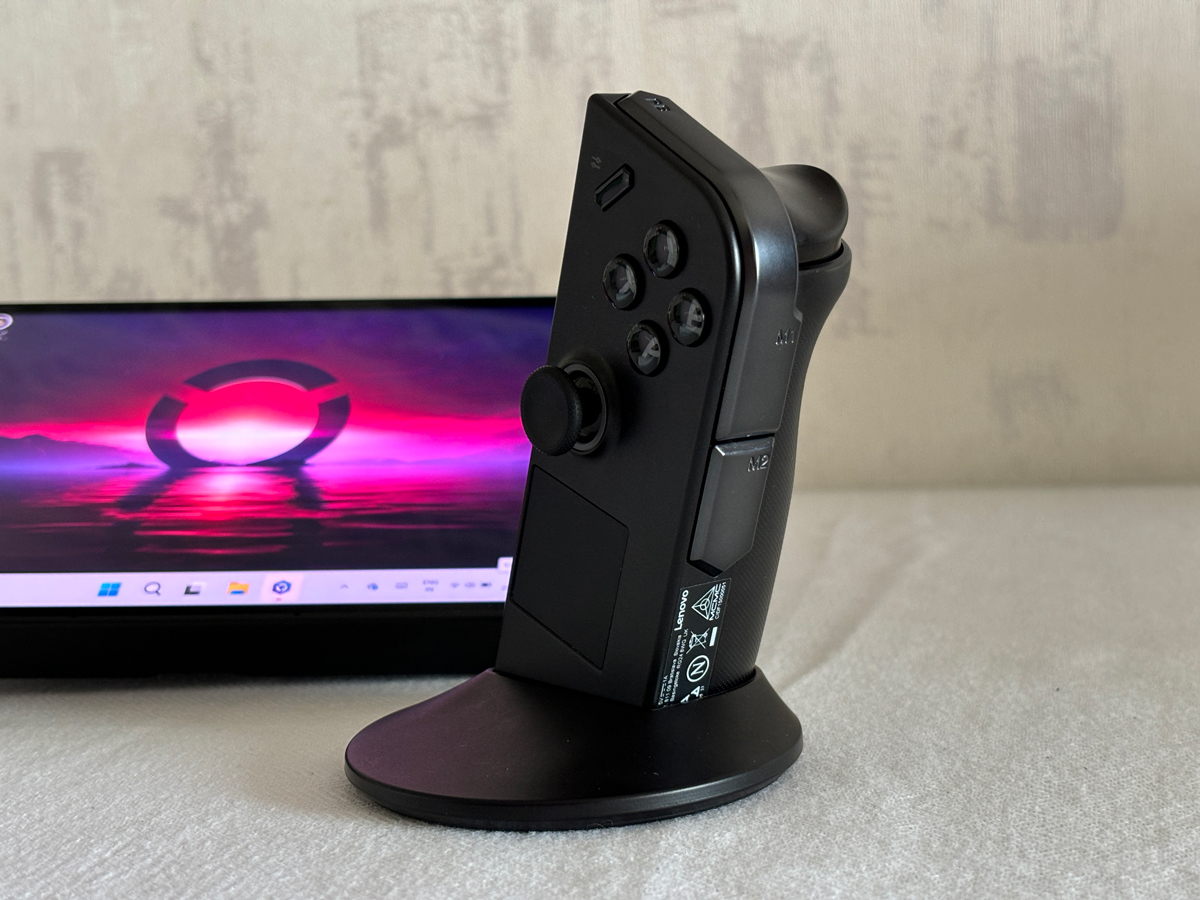
Gaming on the mouse, I think precision is just a little bit better. If you're on travel, you are not just gaming. If you have your mouse with you, it's also about productivity, right? Your keyboard and everything. From that angle then there were possibilities that opened to us on how do we include a mouse feature. And then one thing led to another and that was why the whole detachable controllers came about. It was planned from the very start.
We have to have that whole product scope and design in place, so it was planned for an 8.8-inch display. I know it's a bit larger than the competition out there, but again that was also from the angle that a lot of the games are actually designed for PC games. PC games are designed for, at least a notebook screen, or a desktop screen, right? Which is like 23 inches, 24 inches or notebooks like 15-16 inches. So if you try to take the same game which doesn't scale very well into a 7-inch, the experience isn't really good because there are a lot of texts and you simply can't read any of the text on the 7-inch screen.
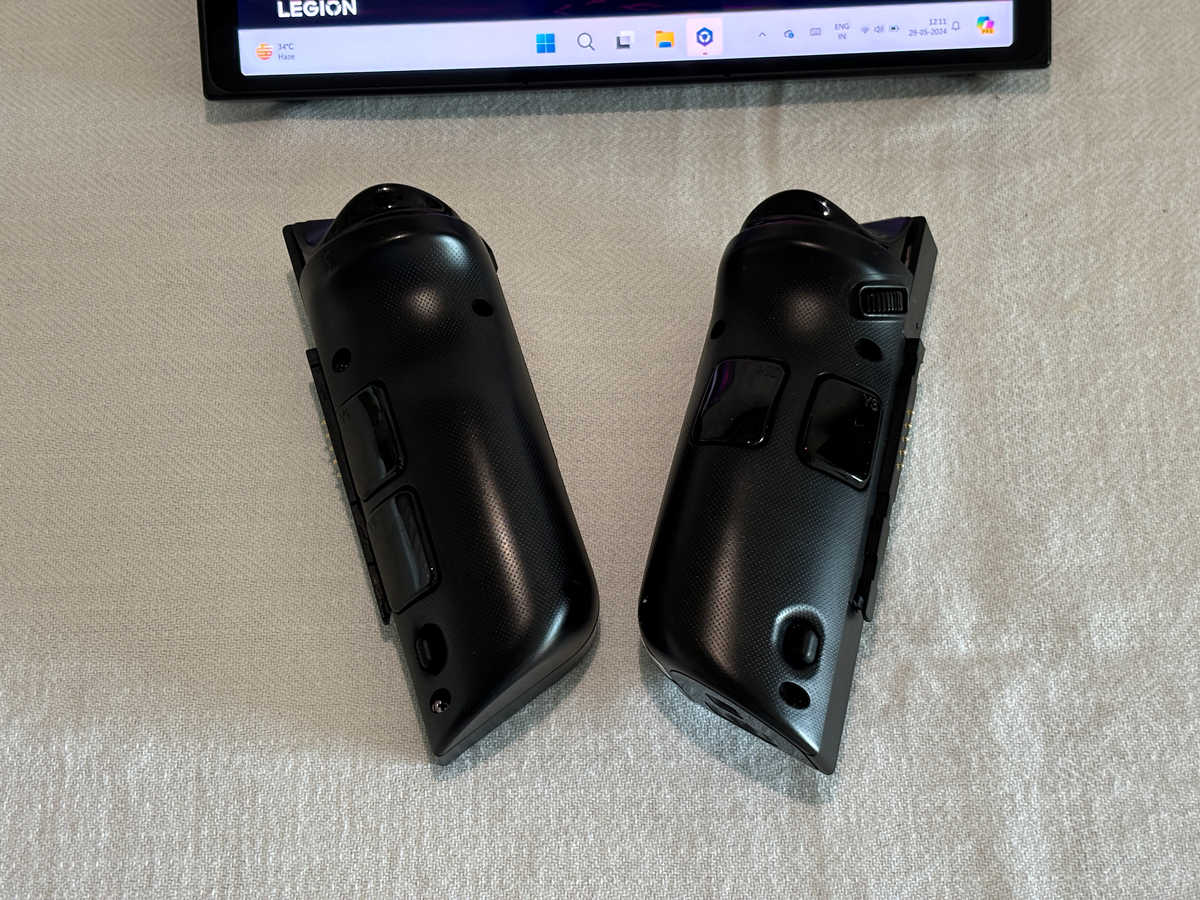
We engage a lot with our community and our reviewers to hear feedback as well. We do hear it from a lot of the customers requesting controller support like for example different attachments. Even a battery pack so they can keep charging it. So I would say yes, yes, we are looking into it. It wouldn't take too long probably.
We have a good working relationship with all the major chip vendors, we have a very strong working relationship. I would say that we do not reject any possibility if, you know, a good opportunity comes up that fits our needs here but at this point, I don't think I can reveal anything more about which partner we’ll work with in the future.
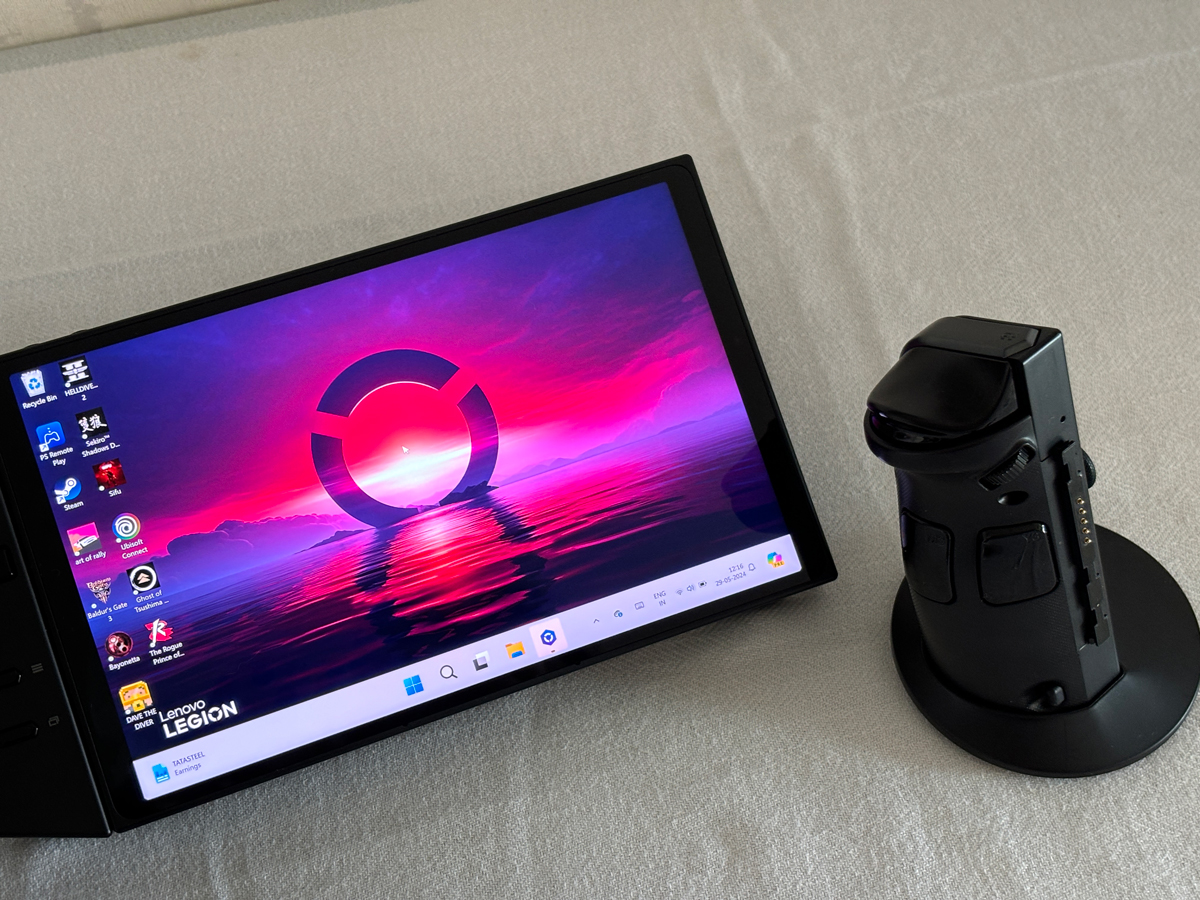
We did an informal poll with our community. We submitted some poll questions and you’d be surprised. We wanted to know how many people actually would appreciate that FPS mode. The reality was that actually 25% of the people use it often. The other 25% use it, but they don't use it very often. And the majority, actually the rest of the 50%, even though they don't use it but when we ask them if it is a feature that they appreciate having, they say yes. So it becomes an interesting data point for us. The sample size is fairly small because it's just those in our community that responded to the survey but I think I think this gives us an insight into their preference.
We design it to be detachable. I think it opens up a lot of possibilities for us right now. You know what we are shipping is with a standard controller like this. If you think about it, it opens up possibilities for us to have different kinds of controllers. Right now your right and left (controller) are not exactly the same button layout. We could remove the touchpad on the right side and then we just make it identical left and right. We could sell separate controllers that you can just plug in. It has that docking bay over at the side, so technically we could include a lot of other accessories besides controllers that you can plug into the side as well.
I think it depends on what the customers are asking for. I think if there's a big enough customer segment asking for it, It’s something that we can actively look at. These are all the possibilities in the sea of possibilities of this device. I think it opens up a lot of options for us to play around with.
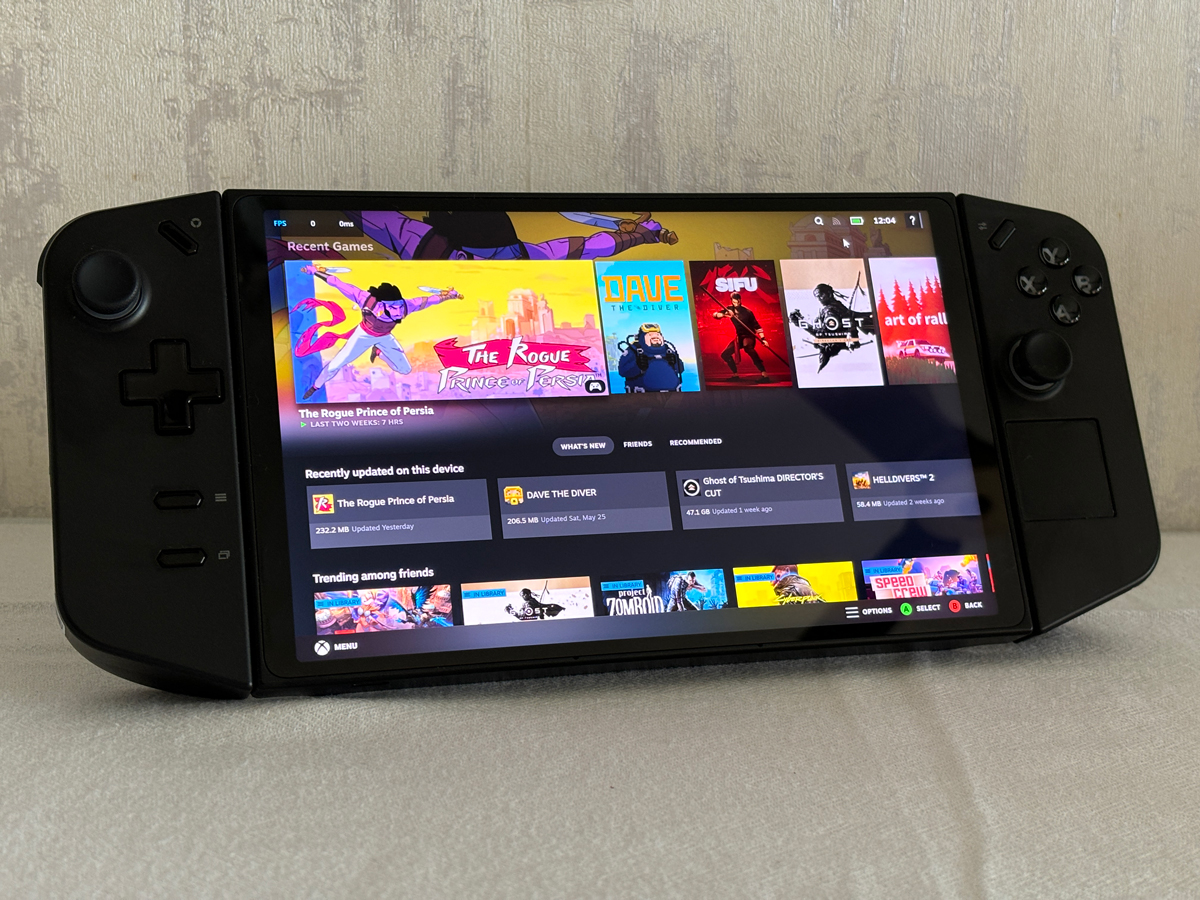
I think based on the data we do know the gamer segmentation within India, compared to some other Asian economies, is actually a little bit smaller. I think it's growing. It's growing very quickly actually, but in some of the other markets, I think a lot of game developers are there so there is a certain culture of gaming. I think India is relatively new, but we do see the potential. We do think that it's actually growing very, very quickly.
I would say future wise never say never (on the topic of a price-sensitive Legion Go). Things are very dynamic but I think we want to be focused on the premium segment at this stage. We do know our price point is a bit higher. In fact, across the entire geography here in the Asia Pacific, our price point is higher than the competition or rather I wouldn't wanna say higher because there's another brand that is actually higher, but I think we have in a sense a premium device. I think that people recognize that they're willing to pay a little bit of a premium for it.
We have a larger screen, we have detachable controllers, and we have FPS mode. I think these are things that set us apart.
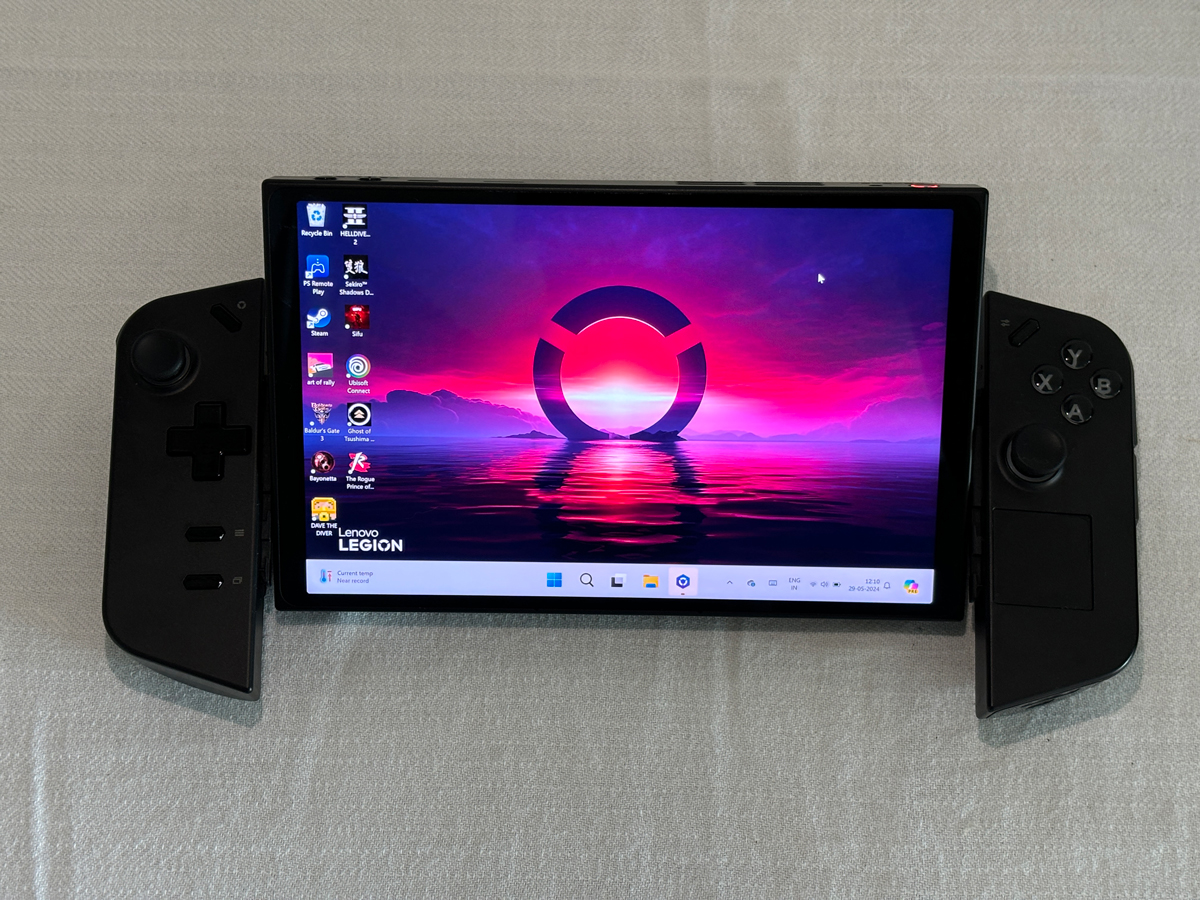
Memory gets very sensitive. If you are running very high clock speed, so essentially you need to bring the memory very close to the CPU and then at the same time you need to have proper motherboard design, good quality and voltage regulators, et cetera. Only a good-quality motherboard will be able to sustain that kind of frequency and performance. We have years of experience in motherboard design in our notebook space and desktop space so we brought some of these learnings over to this Legion Go. That's why in terms of performance wise, it’s the same chip and essentially the same memory (as the competition) but we are able to generate better performance out of it.
I can assure you that we are still very invested in our Legion Go version one. We are spending a lot of R&D resources. People who are in the background are programming, debugging, and testing out all the new drivers. When AMD releases new drivers we go through our entire process to make sure it's tested and approved by Lenovo before we release it.
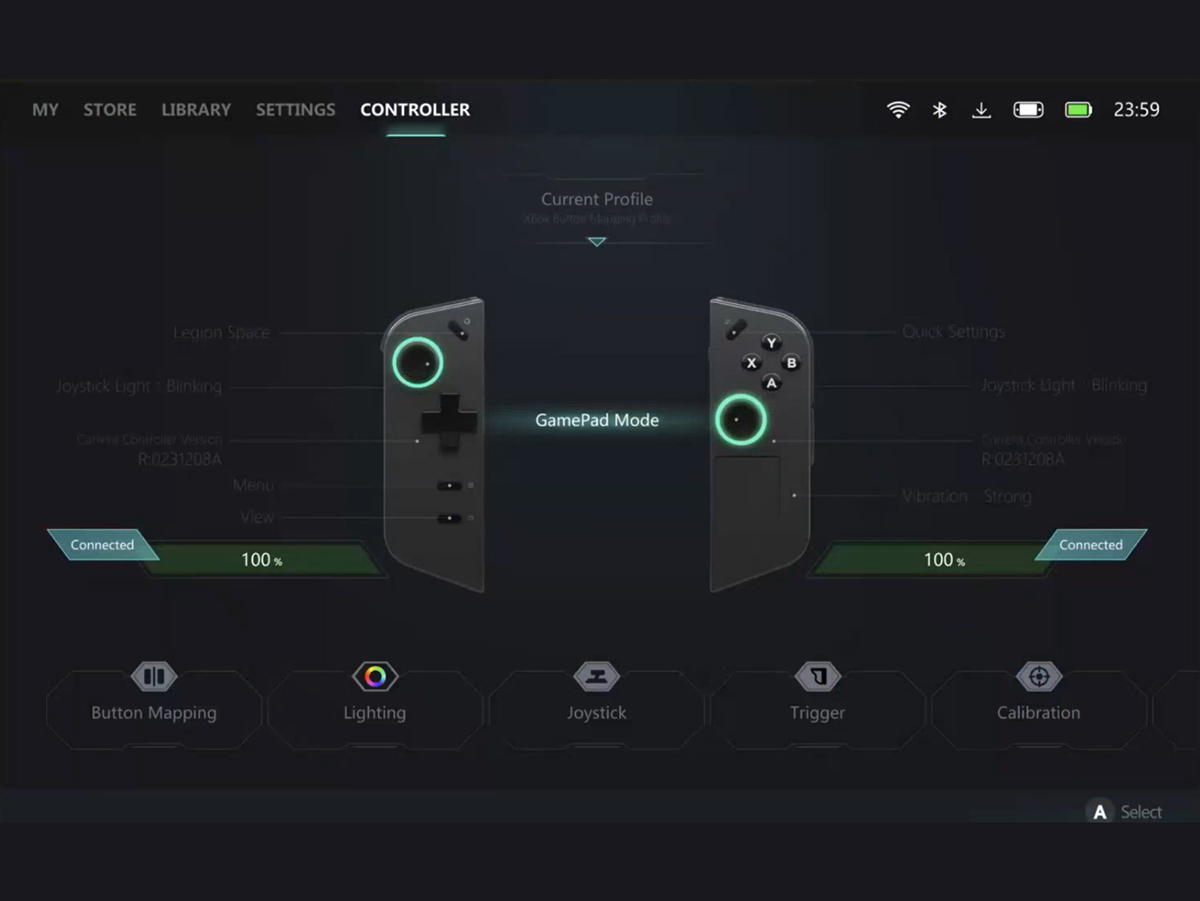
We are working on a new UI that is in the beta stage. We are just a couple of weeks away from release. In a couple of weeks when we release the new UI, it will be totally brand new. With the new UI, you can do a full controller mapping.
We chose this resolution because it has perfect integer scaling. It's QHD. It's exactly four times of FullHD. So when you do an integer scaling, you are taking four pixels on QHD to be one pixel on a FullHD and it scales perfectly so that you don't get all blurry edges. Because if you have anything in between, you cannot get perfect. You cannot do 2x or 4x (resolution scaling) and you have to go one point X or so, then that's when you get that blurring. But in games when you can do perfect integer scaling, things scale much much better.
A lot of people tell us why you go there because it's overkill. You don't need to have such a high resolution but the fact that you can actually integer scale to a Full HD and your Full HD is still sharp. It is still sharp, but then you get the benefit of having anything in between as well. That's the benefit of this panel. So this panel was essentially, I think almost perfect for us, except that it does not have VRR.
I think the lower brightness is still fine, but if you wanna drive up to that 500 nits brightness, I think the OLED right now caps out at roughly around 400 nits. So OLED technology, the typical ones, are still a bit dimmer than the LCD, but of course there is a there is a new technology in the OLED space, which is tandem OLED tandem which is like really bright. But tandem OLED is very new and it's much expensive at this point.
